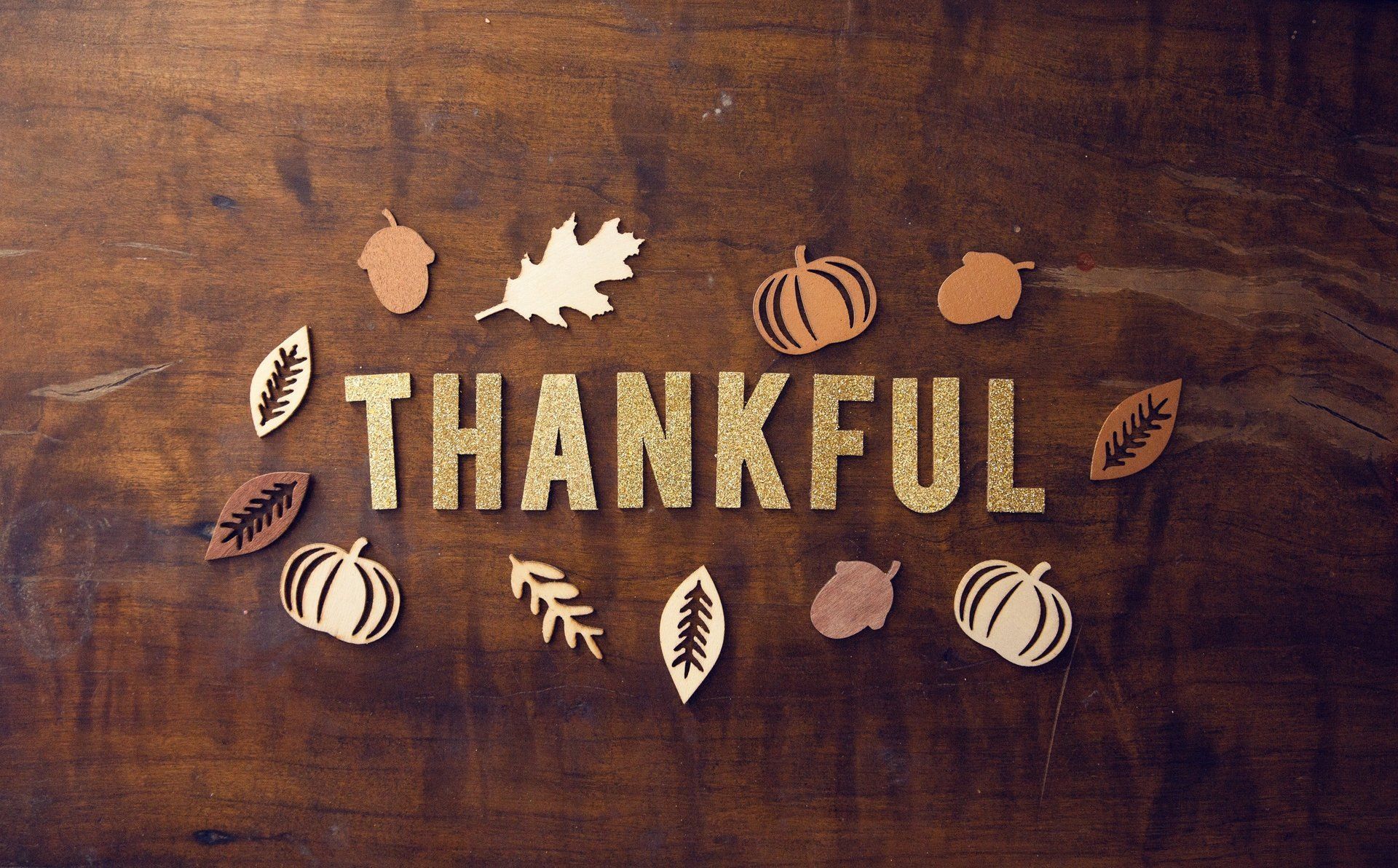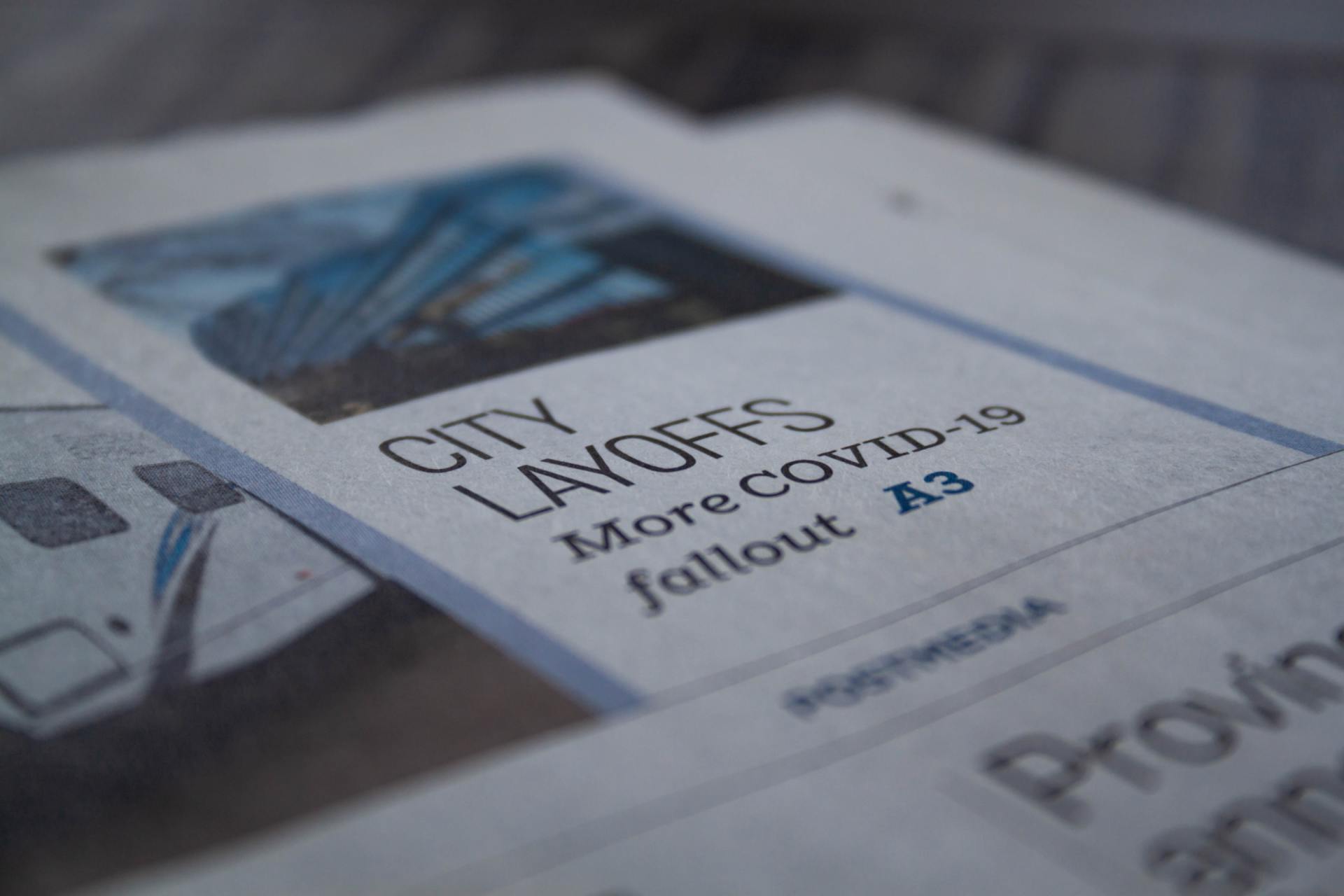Top Three Things to Consider Before Reopening Post COVID-19

I’ve been doing a lot of reading and thinking about reopening businesses throughout the US in the coming weeks, what employers, employees and customers are thinking about, and pros and cons of opening now. Employers are struggling with opening back up, wanting to get employees back to work so they can return to regular income, not wanting to have to close their doors forever, and wanting to ensure that if they do open back up, that everyone will be safe at work: with customers and with each other.
Here are the top three things that need to be considered as these decisions are being made by each business.
1. Ensuring the safety of employees/customers.
This will be priority #1 and will require a new level of personal information to be shared between employer and employee: taking temperatures, completing health questionnaires each day, staying home if you have any symptoms, over-communicating with each other and sharing when someone is showing signs of having COVID-19, or is diagnosed. Additionally, employers will need to set up workstations, conference rooms and breakrooms so that employees can continue to physically distance from one another (no social distancing here, we still need to interact A LOT with one another, just 6 feet away or virtually). Don’t forget the PPE,
we all know what that means now – did you before this? Employers will need to ensure that they have enough masks, hand sanitizer, soap, disinfecting soaps/wipes, disposable gloves, etc. and that they are cleaning EVERYTHING in a way that cleaning has probably never been done before. The CDC
continues to update guidance on this as they learn more about the virus. Designating a COVID-19 Coordinator, or several will be critical in meeting all of these challenges and navigating the complexity ongoing. This person (or people) will be your COVID-19 expert in all areas and advise the business for all COVID-19-related items. Employers also need to remember that they have obligations under OSHA
to provide a workplace free from recognized hazards that are likely to cause death or physical harm.
2. Return to work concerns. Employers will need to consider and plan for how they will address employees who refuse to return to work because they are concerned for their well-being and/or the well-being of their family at home. If you are a company that is starting to open back up now, this could be a big one for you. Not everyone is eager to get back to the office/workplace, especially if the work you are doing can be done in a WFH environment. I would encourage employers not to “require” employees to come back to the office if WFH is a viable option (hard to say it’s not anymore for certain roles, cat’s out of the bag now). Your HR leaders or your COVID-19 Coordinator can help manage employee requests to stay home and determine if they are eligible for any leave options under local, state or federal requirements or any of your company programs. Remember, for most employers with under 500 employees there are new job-protected leave options (paid and unpaid) for employees who do not return to work because of their own (or family members’) exposure to COVID-19 or to take care of children who cannot return to school. If an employee is not eligible for any protected leave, employers will need to determine if they are going to terminate for refusal to return to work (or accept their resignation for not coming to work), ensuring consistency when making those decisions. Due to the CARES Act
additional unemployment benefit of $600 per week, many employees are making more money while on unemployment than if they were to go back to work, which may be an additional incentive for an employee to try to stay home. Employers will be remembered for how they address these employee relations issues and should consider all options with empathy and care during these unprecedented times.
3. Planning for the next wave.
As the world starts to open back up, officials anticipate another wave of COVID-19 infections this fall and again in the winter/spring 2021. Officials have also stated that ultimately the answer is a vaccine, which will take at least 18 months to develop, test and distribute. This means that we all have a responsibility to each other to keep ourselves and everyone else safe: don’t show up ANYWHERE when you are sick, don’t drop your child off at school/daycare if they have ANY symptoms, send people home from work if they are displaying ANY symptoms and no more touching when we greet each other – handshakes, hugs, cheek kisses, fist bumps, etc. (see below for new recommendations). Employers that hadn’t done any pandemic or business continuity planning have likely done some on the fly during the past two to three months. Whether you had a plan in place, or you created one in February/March, keep that momentum going and ensure that you have a cross-functional team that meets on a regular basis to continually run SWOT analysis on how you are doing specific to COVID-19 in all areas. I would be hosting these meetings daily right now and utilize the COVID-19 Coordinator/HR leadership heavily for this purpose, tracking your active cases, leaves, RTW, fevers (from taking temps each day) and any other relevant data. I would also include a separate category in your financials tracking all costs associated with COVID-19. If you saw my last blog, you know I am a true believer that we will soon see earnings reports with EBITDAC (earnings before interest, taxes, depreciation, amortization and coronavirus). If nothing else, you will have a clear picture of what COVID-19 cost your company, in total.
The truth is, we don’t know what we don’t know right now, and we need to continue vigilance at the global and local levels to ensure employee and customer safety, compliance with previous and existing rules/regulations and a viable bottom line. With so many unknowns, including the data that we see every day from government officials, it is critical that we stay diligent in monitoring what is happening at the local, state, federal and global levels. As with any data, as I always say, crap in = crap out. If your data is not good, you will NEVER have good reporting/metrics. With all the uncertainty of the testing being accurate, people actually getting tested, people walking around carrying the virus with no symptoms (potentially spreading it along the way), deaths that may have been reported as COVID-19 related in error and countries/areas underreporting the numbers, there is NO way we have correct data. So, like anything else, we do the best with what we have/know and plan accordingly. This, however, does not give me the level of comfort I need to go back to ‘normal’, or to want my family/loved ones to go back to their ‘normal’. I believe that we are less conservative when doing things ourselves and more conservative/protective when talking about loved ones. So, using this as a gauge, I would ask you if you are ready to let your children, parents, siblings, etc. go back to work, go shopping at a non-essential store, sit at the restaurant/diner and enjoy a meal, or go bowling with friends? For me personally, with all the information at hand, I am not prepared to send the people I love back out into the ‘normal’. We will continue to support our local restaurants by ordering food to go and delivery, buying things from department stores online, if needed, and our weekly trips to the grocery store, but, I still don’t have the level of comfort required to risk my or my loved-one's lives with so many unknowns. I am cautiously optimistic that we are moving in the right direction with the number of cases, creating more tests, developing a vaccine, people acting responsibly with their health and the health of others. Where are you on the spectrum?
Top touch-free greetings (from cnet.com)
• Embrace Spock's "live long and prosper" salute 🖖
• Flash a peace sign✌
• Place your hand over your heart like WHO Director-General Tedros Adhanom Ghebreyesus and politician Alexandria Ocasio-Cortez 💚
• Nod or flick your head in acknowledgment ('sup)
• A slight bow will show your respect
• Turn on your 1,000-watt smile 😄💡
• Channel your inner toddler and blow kisses (without the spittle) 😘
• Give air high fives like you used to do in school (from 6 feet away of course) 🙌
• Air hugs can still be comforting (same as above)
• Be calm and namaste on 🙏
• Bring out the finger guns and a wink 🤠😉
• Devise a secret greeting dance with your friends 🕺🏾
• Use sign language to say hello (or create your own hand language) 👋

Thankful. In this year filled with so many unknowns and changes to the way we have to “be” with one another, it is perplexing to some to think about the things we are thankful for this year. I, however, didn’t seem to have any issue coming up with things I am thankful for in 2020. For the first time since my children were very young, (a time in our lives when everything was chaos most of the time with school, homework, after school activities, etc.), we sat around a table with each other and enjoyed dinner and “adult” conversation. My two college-aged sons came home for Spring Break in March and didn’t leave, moving to 100% remote learning and 100% in our refrigerator and pantry. We played games, had movie nights, worked on puzzles, told stories, found old home movies from when they were babies, and gained new appreciation for each other. I am thankful for this time with them. My husband and I both expanded our businesses, and while I became an expert on all things COVID, he became PMP certified. I worked on expanding my network, continuous learning, learning new industries, and mentoring others in the HR community. I am thankful that we are both working, supporting each other and supporting local businesses. We had powerful conversations with each other, with family and friends, with those who think like us and those who do not, with people we love, as our world stood divided over politics and racism. I am thankful for those who engage in respectful dialogue on these topics, who seek to understand, learn and share. We miss our friends and family we don’t get to see, and the “normal” we had been accustomed to all these years. I am thankful for the work we do to keep all of us safe, knowing that we will see one another soon, that this too shall pass. We are flexible and resilient, hopeful and compassionate, and most of all, thankful for the ability to choose how we show up every day. This week I choose to be thankful.



